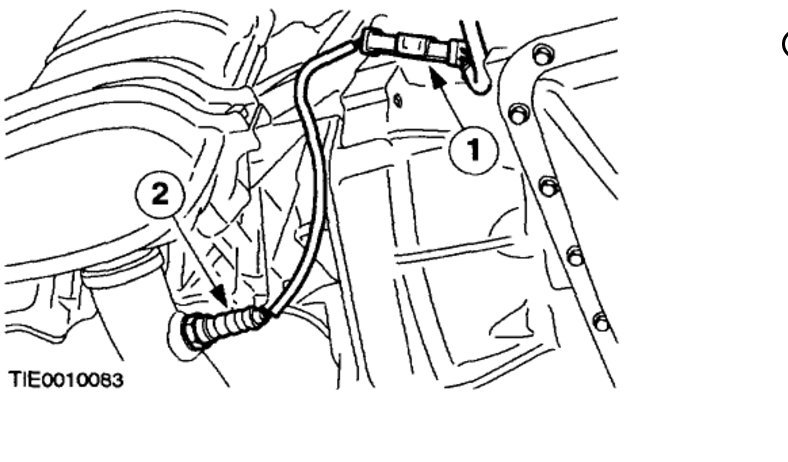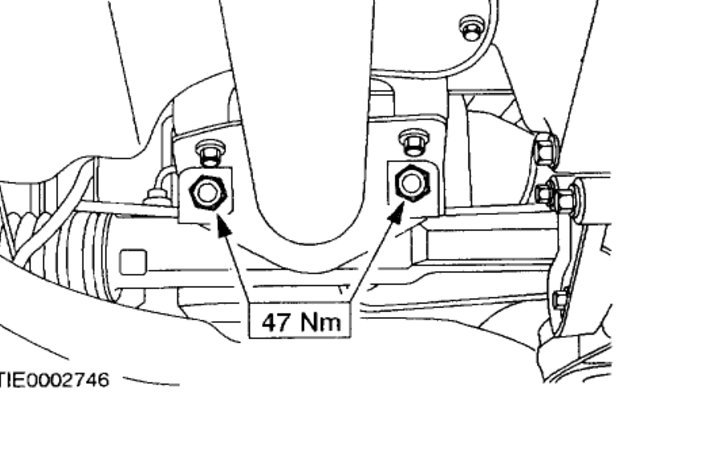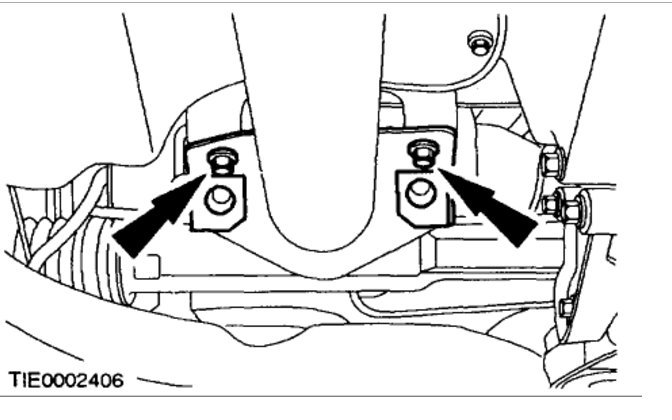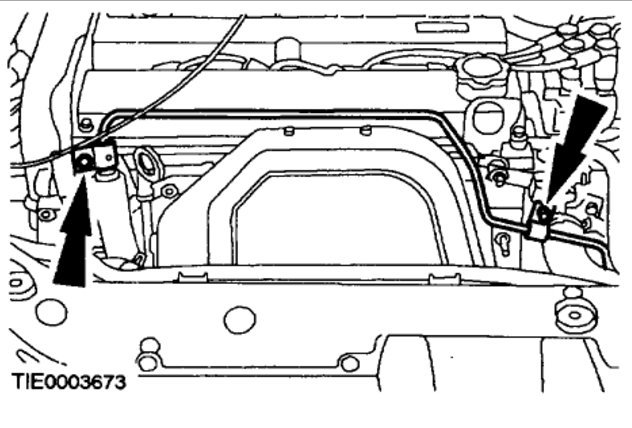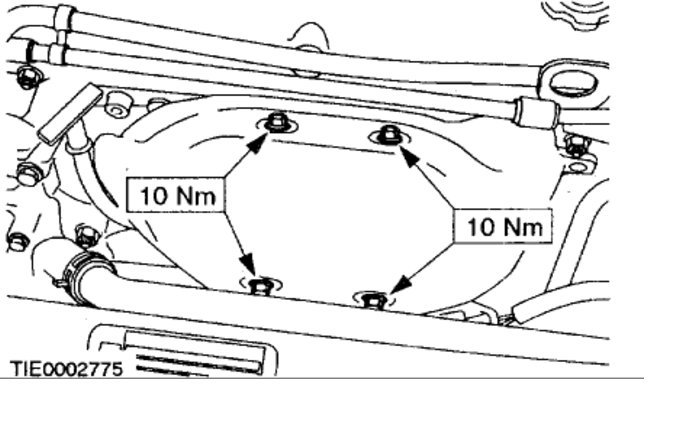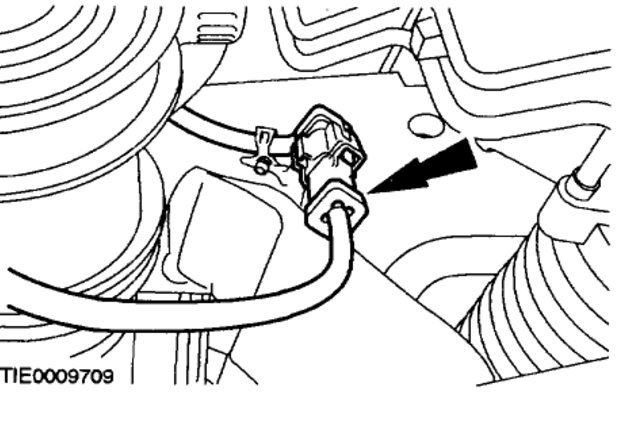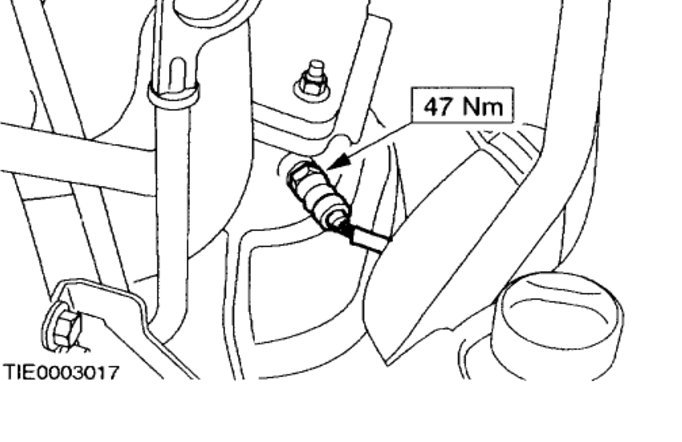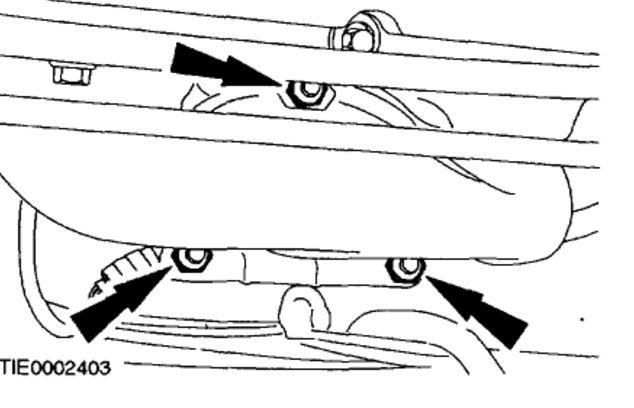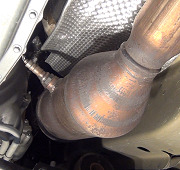Hello,
Here is a guide that goes into detail of the symptoms of the plugged catalytic converter.
https://www.2carpros.com/articles/bad-catalytic-converter-symptoms
and here is a guide that will help you test it.
https://www.2carpros.com/articles/how-to-test-a-catalytic-converter
And this one will give you an idea on what you are in for when replacing a bad cat converter.
https://www.2carpros.com/articles/catalytic-converter-replacement
The diagrams to do the job on your car or (below)
If the your converter is plugged, it will create a restriction in your exhaust system. The buildup of back pressure will cause a drastic drop in engine performance and fuel economy, and may even cause the engine to stall after it starts if the blockage is severe.
Causes of converter failures:
Fouling, clogging, melt-down and breakage of the ceramic substrate inside a converter are common conditions that can cause problems. Plugging is usually the end result of a melt-down, which occurs because the converter gets too hot. This happens because the engine is dumping unburned fuel into the exhaust. The excess fuel lights off inside the converter and sends temperatures soaring. If it gets hot enough, the ceramic substrate that carries the catalyst melts.
The unburned fuel may be getting into the exhaust because of a bad spark plug or valve, but an overly rich air/fuel mixture is another possibility. In older carburetor engines, a heavy or maladjusted carburetor float may be the underlying cause. But on newer engines with "feedback" carbonation or electronic fuel injection, the engine may not be going into "closed loop" (the normal mode where the computer regulates the air/fuel mixture to minimize emissions).
A bad oxygen sensor or coolant sensor may be giving the computer bogus information. A sluggish or dead O2 sensor will make the computer think the exhaust is running lean, so the computer will try to compensate by making the fuel mixture rich. A coolant sensor that always indicates a cold engine will also keep the system in open loop, which means a steady diet of excess fuel. But it might not be the sensor s fault. A thermostat that is stuck open or is too cold for the application can prevent the engine from reaching its normal operating temperature. So if your converter has failed and needs to be replaced, the engine should be diagnosed for any underlying problems before the new converter is installed.
Another cause of converter clogging and contamination is excessive oil consumption. Worn valve guides or seals can allow oil to be sucked into the engine s combustion chambers. The same goes for worn or damaged rings or cylinders. Oil can form a great deal of carbon, and metals present in the oil can contaminate the catalyst. A compression check or leak-down test will tell you if the rings are leaking, while a fluttering vacuum gauge needle will help you identify worn valve guides
Please let us know if you need anything else to get the problem fixed.
Cheers, Ken
Images (Click to make bigger)
Monday, July 10th, 2017 AT 5:43 PM
